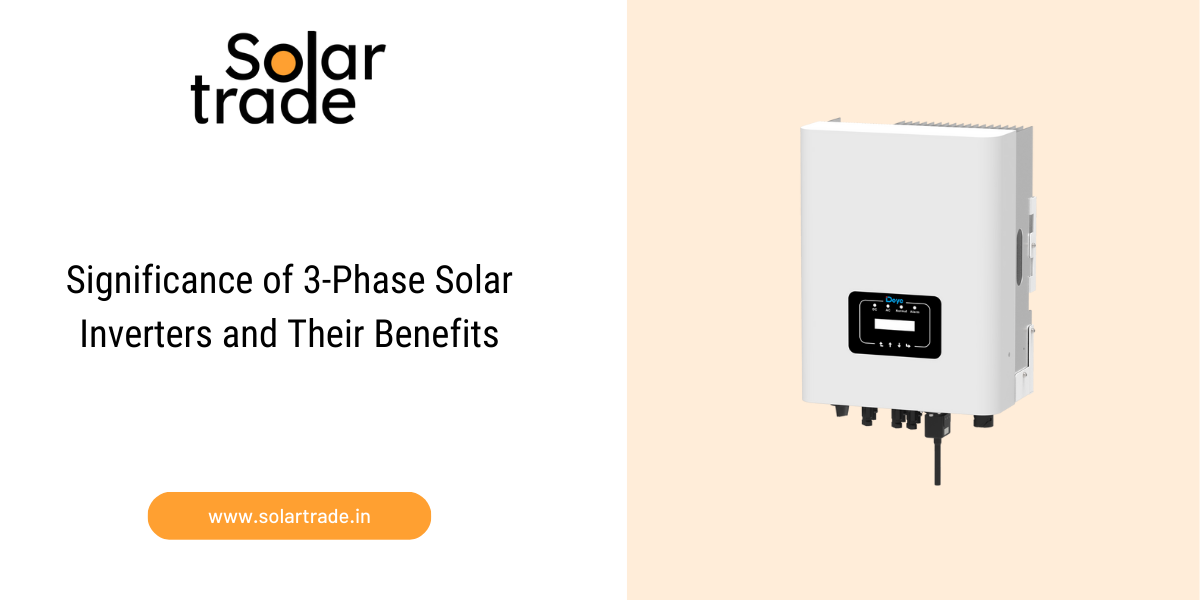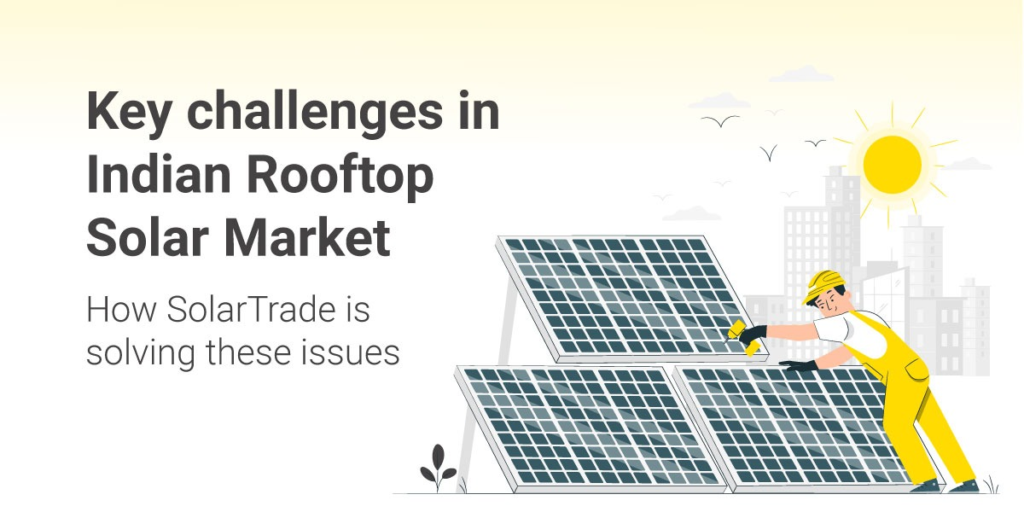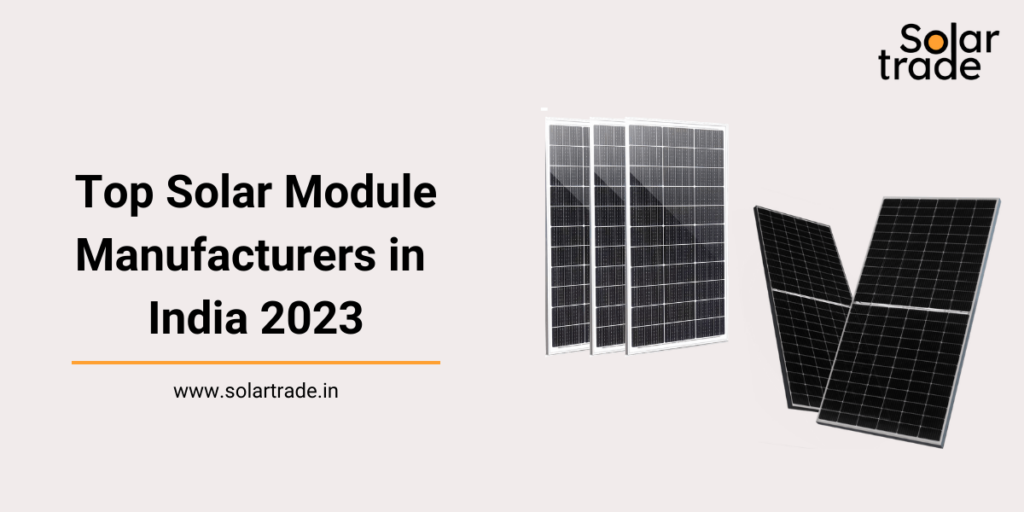
In the realm of solar energy, 3-phase solar inverters have gained considerable importance, particularly for those with larger homes or businesses that demand high power consumption. The utilization of a 3-phase solar inverter becomes essential to connect such solar systems to the electrical grid. Essentially, a 3-phase solar inverter functions by converting the direct current (DC) electricity generated by solar panels into alternating current (AC) electricity. This AC electricity can be effectively employed by appliances or fed back into the grid. Unlike single-phase inverters, which produce AC electricity with one voltage and frequency, 3-phase inverters produce AC electricity with three voltages and frequencies, each separated by 120 degrees. This feature ensures a more balanced and efficient distribution of power throughout the property.
The Advantages of 3-Phase Solar Inverters
3-phase solar inverters offer numerous advantages over single-phase inverters, including:
Higher Power Output: With the ability to utilize three wires for transmitting electricity instead of two, 3-phase inverters can handle greater power loads compared to single-phase inverters of the same size. This implies that more solar panels can be installed, resulting in increased savings on electricity bills and enhanced power generation.
Reduced Losses: 3-phase inverters effectively minimize losses that occur due to wire resistance and the conversion of DC to AC power. By reducing these losses, these inverters enhance the overall efficiency and lifespan of the solar system, enabling users to extract more power from their solar installations.
Enhanced Compatibility: In comparison to single-phase inverters, 3-phase inverters offer better compatibility with the grid voltage and frequency. Since most electrical grids operate on three phases, 3-phase inverters match these parameters more effectively. This compatibility ensures a seamless connection and synchronization with the grid, enabling a smoother and safer operation of the solar system.
Increased Flexibility: 3-phase inverters provide users with the flexibility to connect various types of loads to their solar systems, including single-phase, three-phase, or hybrid loads. This means that multiple appliances, such as air conditioners, electric car chargers, televisions, etc., can be powered simultaneously, catering to diverse energy requirements.
Types of 3-Phase Solar Inverters
In the market, different types of 3-phase solar inverters are available, catering to diverse design, functionality, and application needs. Some common types include:
String Inverter: Among the most popular choices for residential and small-scale commercial applications, string inverters connect multiple solar panels in series, forming a string. These inverters convert the combined DC power into AC power. Depending on capacity and configuration, a single-string inverter can handle multiple strings of panels. While string inverters are relatively easy to install, maintain, and monitor, they exhibit some drawbacks, such as lower efficiency, higher losses, and susceptibility to shading effects.
Central Inverter: Designed for large-scale installations, central inverters connect hundreds or thousands of solar panels in parallel, forming a central array. These inverters then convert the aggregated DC power into AC power. Typically installed at substations or dedicated sites near solar plants, central inverters offer high efficiency, reliability, and scalability. However, they also come with disadvantages, including higher costs, complex installation and maintenance procedures, and reduced flexibility.
Microinverter: Specifically suitable for rooftop applications, microinverters operate on a smaller scale by connecting to individual solar panels and converting their DC power into AC power. Unlike other types, microinverters operate independently, ensuring optimal performance of each panel regardless of the others. Microinverters offer advantages such as high efficiency, performance, and safety. Moreover, they eliminate the need for string wiring and central inverters, leading to reduced installation costs and simplicity. However, they also exhibit some drawbacks, such as higher initial costs per watt, increased component failure risks, and monitoring complexities
Hybrid Inverter: A specialized type of 3-phase solar inverter, the hybrid inverter combines the functionalities of an inverter and a battery charger. It enables users to store excess solar power in batteries for later use or backup purposes. Additionally, hybrid inverters allow for seamless switching between grid-tied and off-grid modes, catering to diverse energy needs and preferences. Hybrid inverters find application in scenarios requiring energy independence and security. However, they also come with certain drawbacks, including higher costs, complexities, and space requirements.
Considerations for Choosing a 3-Phase Solar Inverter
Selecting the appropriate 3-phase solar inverter for your specific requirements can be a challenging task, as several factors need to be considered. Some important considerations include:
Power Capacity: The power capacity of the inverter should match the power output of the solar panels and the power consumption of the loads. The DC-to-AC ratio, indicating the ratio between the DC power of the solar panels and the AC power of the inverter, should also be considered. While a higher ratio can increase power production and savings, it may also lead to increased losses and risks. The typical ratio for 3-phase inverters ranges from 100% to 175%, depending on the type and brand of the inverter.
Efficiency: Inverter efficiency directly impacts the power delivered to the grid or loads. It is crucial to choose an inverter with high efficiency, enabling the conversion of more DC power into AC power with minimal losses. The efficiency of 3-phase inverters varies based on type, brand, and operating conditions, typically ranging from 95% to 99%.
Features: The features of the inverter play a significant role in its ease of use and monitoring capabilities. Features such as Maximum Power Point Tracking (MPPT) optimize the power output of solar panels, Grid Synchronization ensures smooth and safe power flow, Anti-Islanding Protection prevents unsafe power feedback, and Remote Monitoring facilitates real-time access and control of the inverter’s performance and status.
In summary, a 3-phase solar inverter acts as a vital component in converting DC electricity from solar panels into usable AC electricity for grid or load utilization. The numerous advantages offered by 3-phase inverters, including higher power output, reduced losses, improved compatibility, and increased flexibility, make them an appealing choice for many applications. Available in different types and sizes, such as string, central, micro, and hybrid inverters, these devices cater to diverse needs and budgets. Choosing the right 3-phase solar inverter involves considering factors like power capacity, efficiency, and features to ensure optimal performance and integration within the solar energy system.

